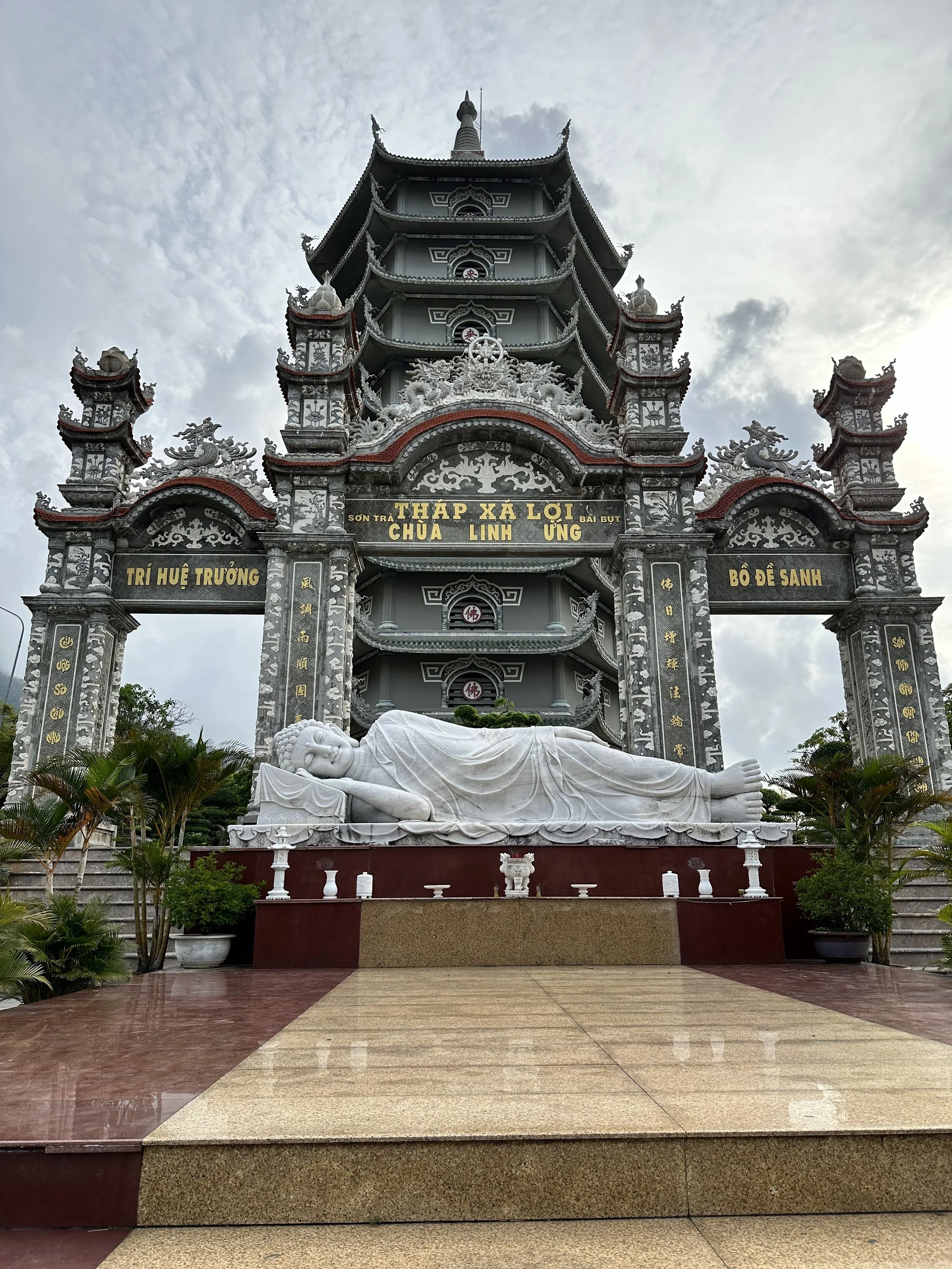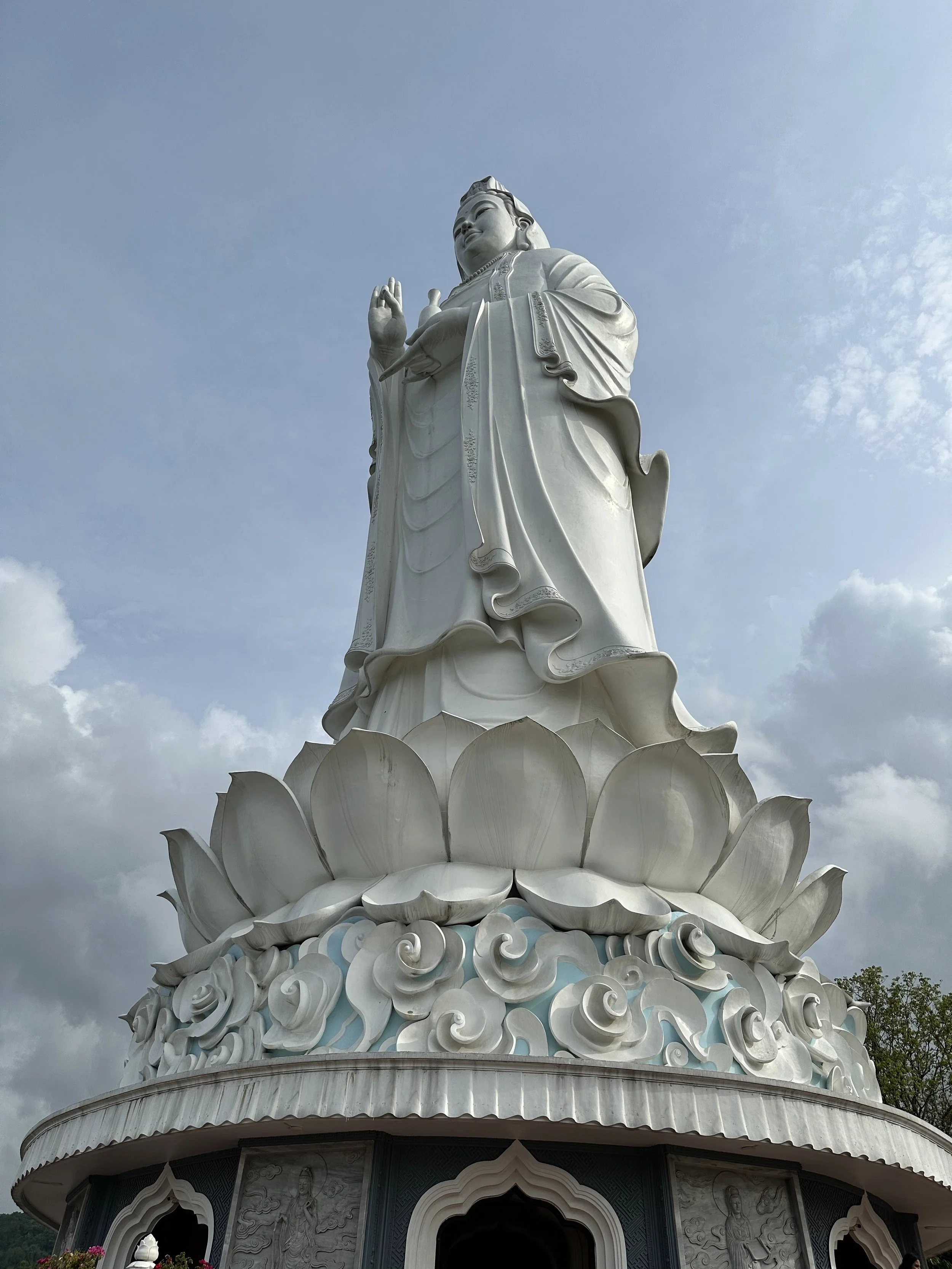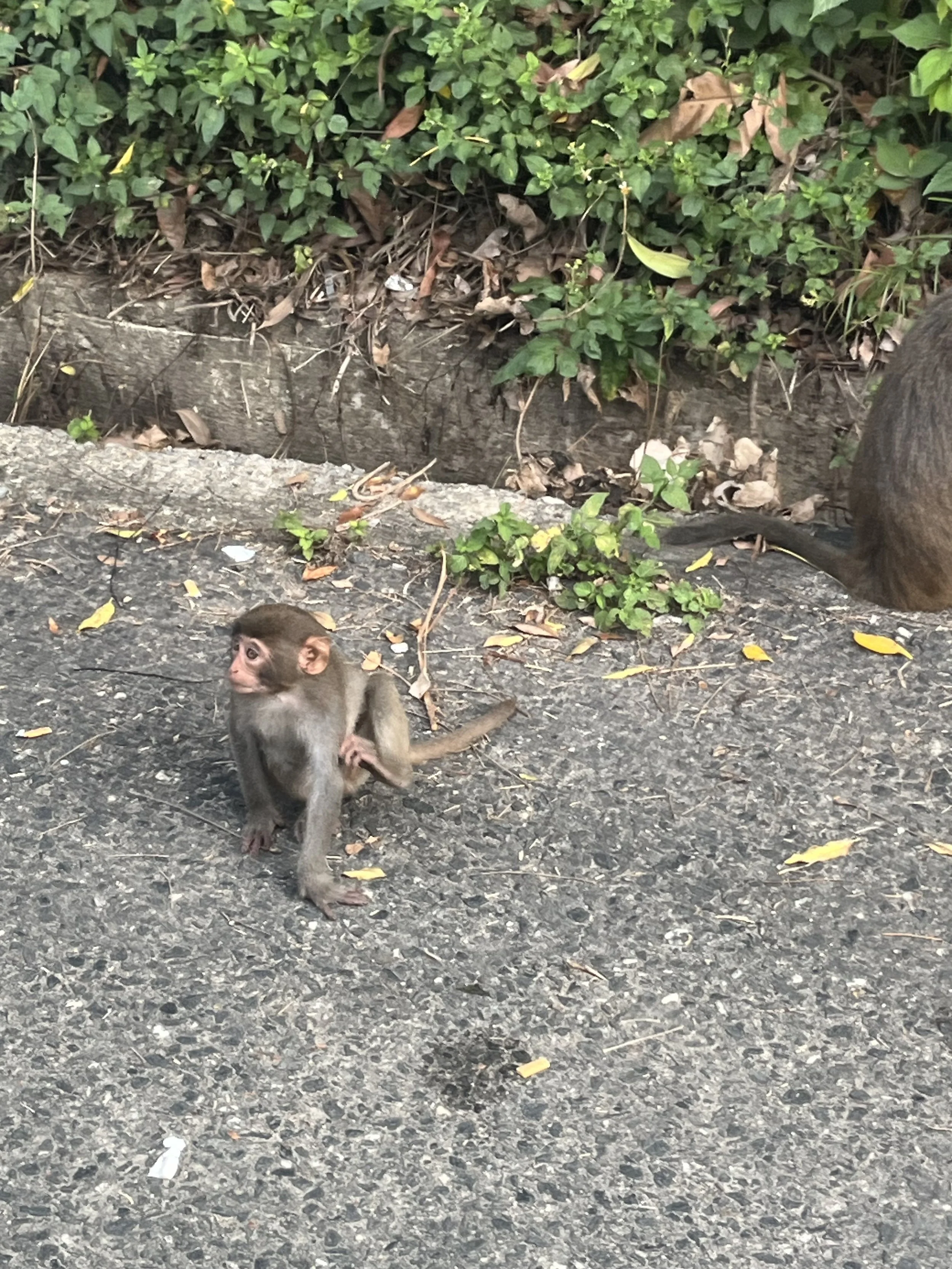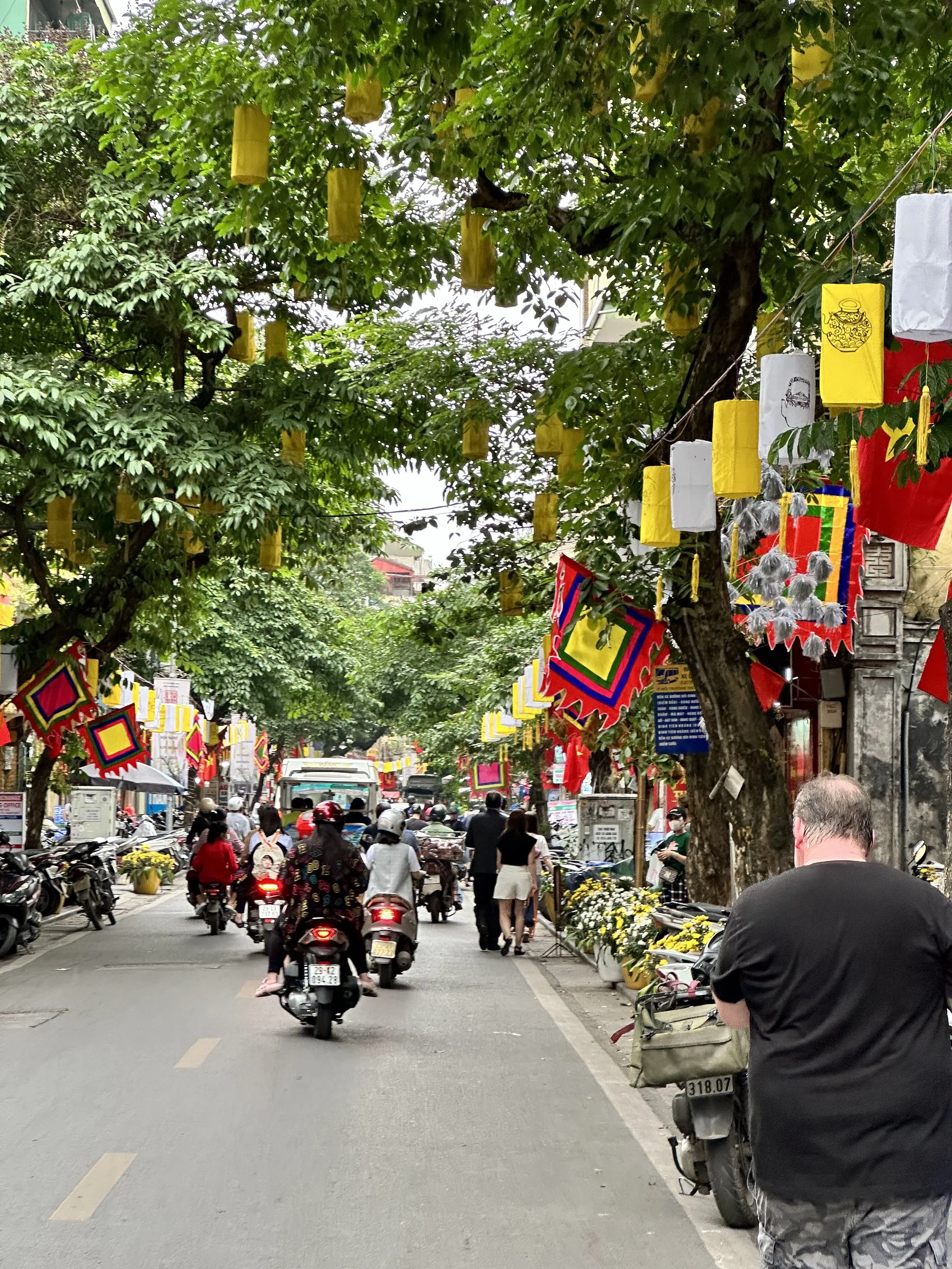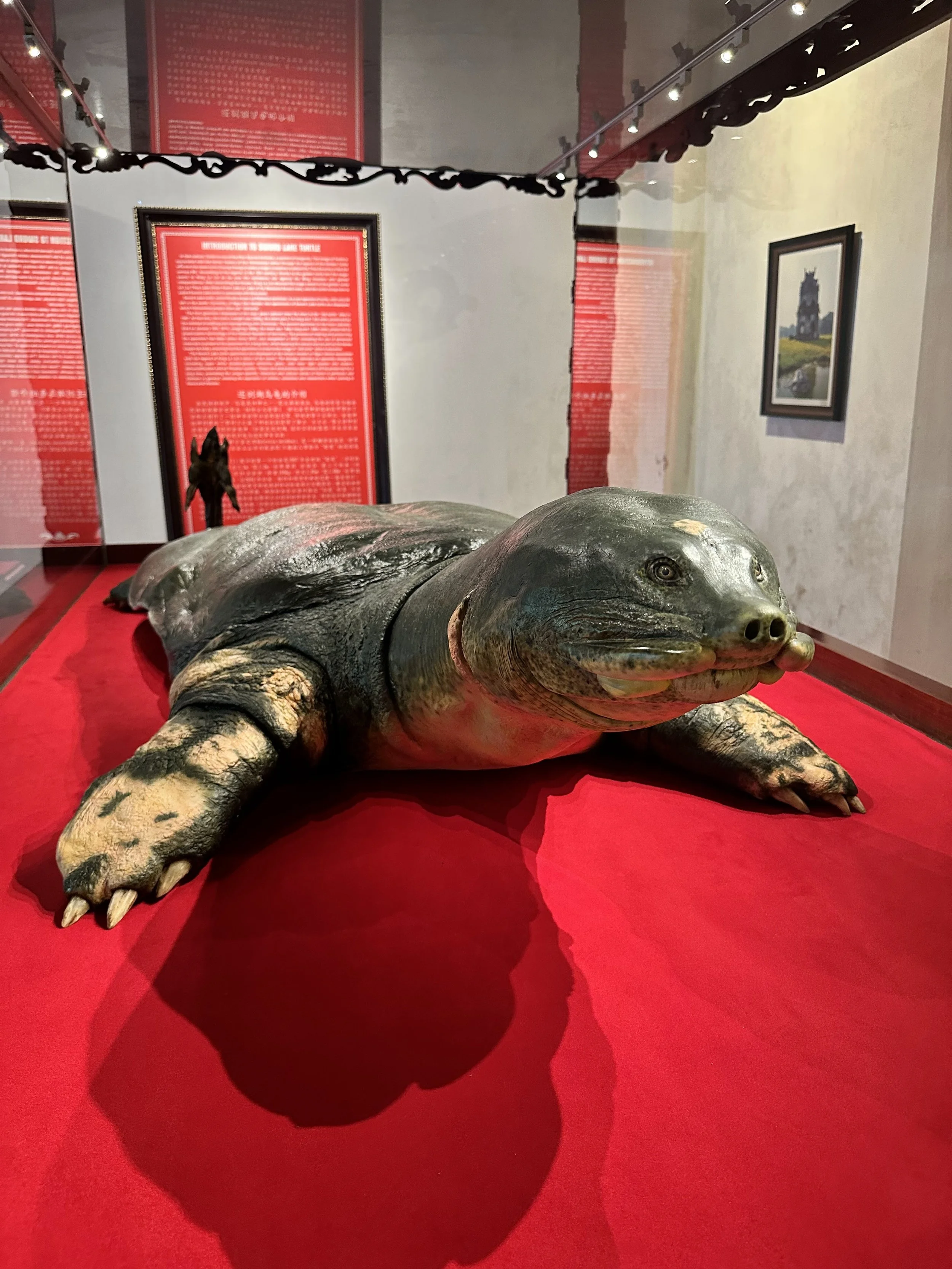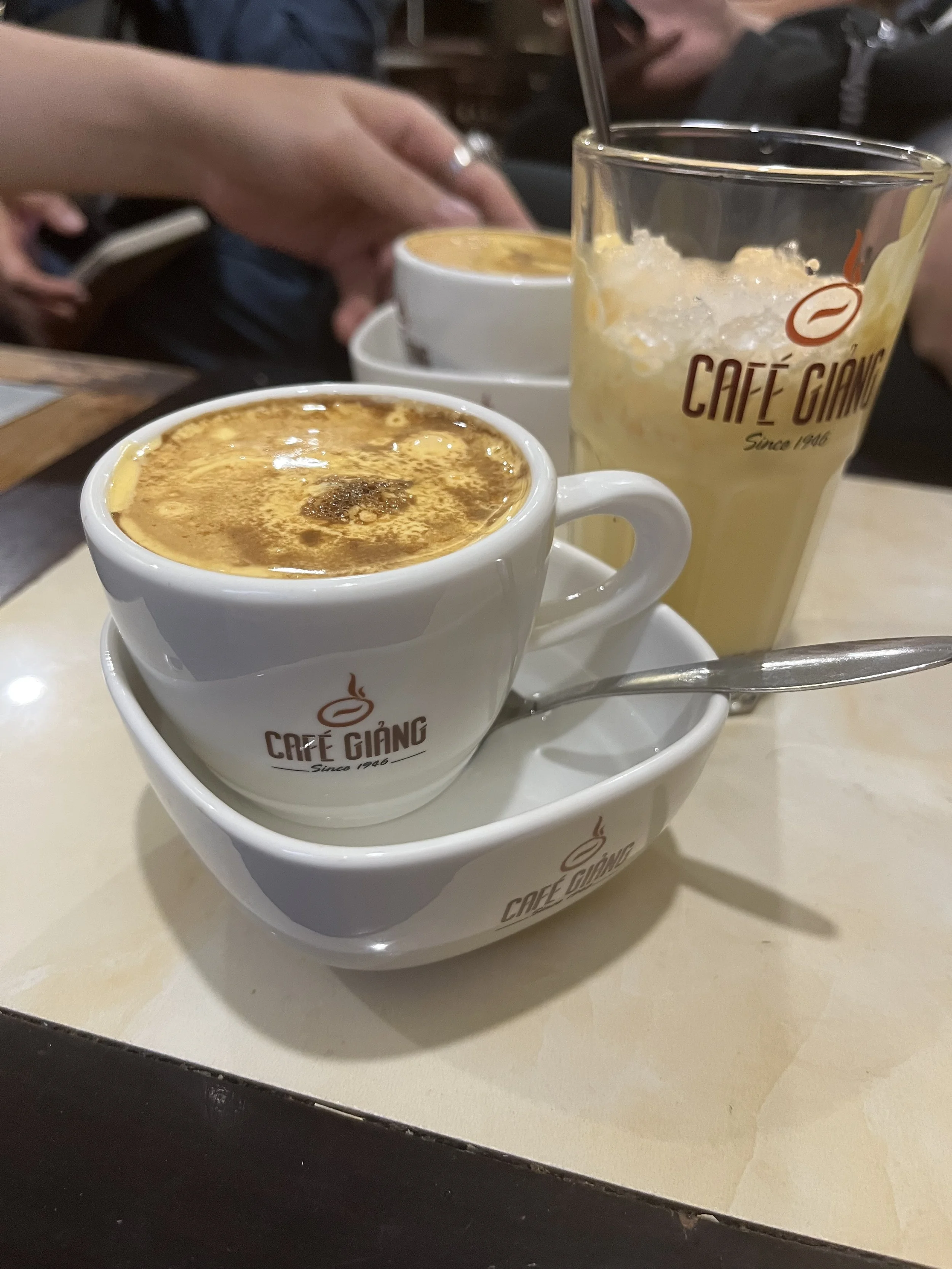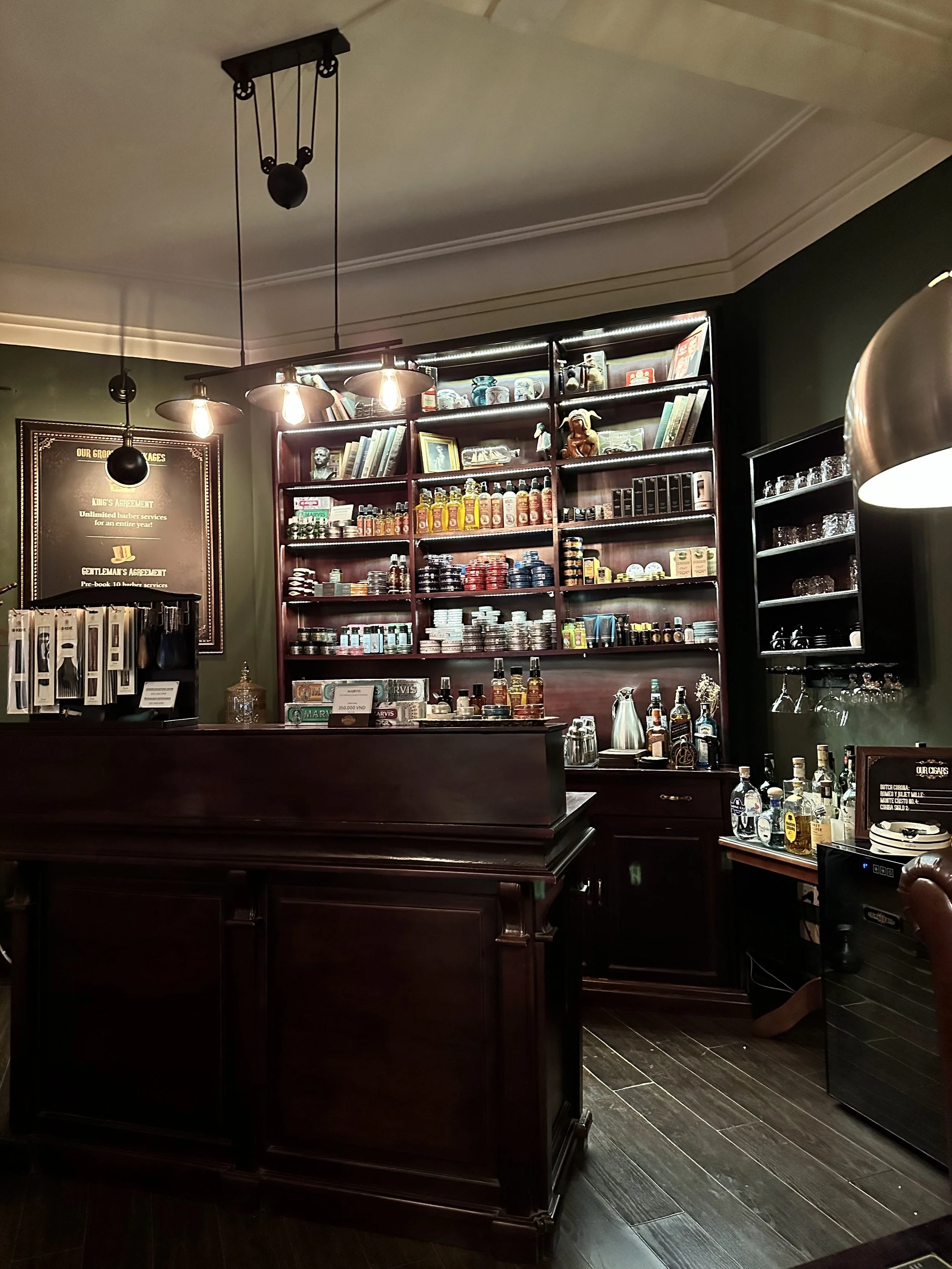Hà Nội: Languages of the diaspora
The next day, we visited a temple far from the main city of Da Nang. Between this temple and the one at the top of Bà Nà Hills, we thought about how people might have made that trek on foot. The stamina and energy it must have taken in this humidity, especially compared to the sweaty mess I was at the end of every day. It was empty during our visit, but I can’t imagine how many people could visit in the “on” summer seasons. We did see some monkeys there, but I’m told that their appearances were rare because of the usual traffic and feral dogs.
Our tour guide and driver dropped us off at the airport. They got along well with Uncle Dad, and insisted he call them if he ever came to Da Nang again. They’d take us around instead, it probably would pay more than through their company. I learned our tour guide is only a year younger than me. With different sets of opportunities and choices, Tam could have lived a different life, one like his. I wondered what dreams drive him? What did I miss because we couldn’t communicate? What would I have asked him if we did? Conversation isn’t the only thing you lose with a language barrier.
We took another plane to the Hà Nội airport, met our new tour guide, and drove towards the city. Northern Vietnam was cooler, more overcast, than the other regions we already visited. It was a comfortable temperature and it reminded me of balmy summer days in Seattle. Just like Huế, we were surrounded by farmland. The only difference is that the trees blocked our view of the horizon. Occasionally, a tall, 3-story house would too. Sometimes these homes had religious symbols, sometimes, they were as modern as the newer homes you might see in the US.
We crossed a long bridge to enter Hà Nội. Just like the previous cities, mopeds dominated the streets. Some streets were modern and filled mostly with mopeds. Older, narrower streets didn’t have traffic lights and the roundabouts had no rules. The newer buildings reflected the Vietnam we had experienced everywhere else; built tall, squeezed around each other, and full of activity. The older buildings had more space around them, occasionally with garden space, remnants of French colonization.
We had a different tour guide this time. He could speak English, unlike the one we had in Da Nang. Being in a city likely gave him more opportunities to learn and practice English. He spoke Vietnamese with a northern intonation, so Tam and Nancy couldn’t translate for us anymore, not even a little. We were on our own to figure everything else out.
This made me think about the languages of the diaspora. The dialects and languages we hear in the US are the voices of people who left their homes. Many of the Vietnamese people in the US speak with a southern intonation, their immigration likely due to the Vietnam War. When Tam tried to learn Vietnamese from Rosetta Stone, it was with a northern accent… One that his family doesn’t use. I recently learned that Filipino is the official language of the Philippines. While similar, it isn’t quite Tagalog, which what my parents speak. Many people in Hawaii also speak Ilocano and Visayan. There are no widely available official language curriculums for these unofficial languages, yet they’re both spoken by millions of people. Our home countries can dictate the official language, but other languages survive in the diaspora.
I think about the stories and languages lost when you cross the US border. What parts of you do you sacrifice to ensure your survival in a new land? What parts of you do you sever to ensure your children’s success? What do we lose when we stop using our own words to describe our histories? In the US, imprecise language is a tool of oppression, meant to obscure historical pain. Forced assimilation through language can also be tool to erase the stories that we carry. Without our parents and their stories, what ties us to their home? I don’t speak Tagalog, and I wonder who I’d be if I could.
After checking into our hotel, we went on a walking tour of the Hoàn Kiếm lake. We visited the temple there, and I saw the preserved bodies of the legendary, sacred turtles. After that, we took a driving tour around the Old Quarter and French Quarter(s) of Hà Nội. I loved seeing the shops spilling out into the streets. I vaguely remember the tour audio, but different streets were named for the kinds of goods they sold, like textiles, fish, fruit, and paper. There were dozens more goods I can’t begin to name.
We walked around a bit more, went to a different temple, had some bún chả, which was one of our fave meals… For dessert, we got cà phê trứng (egg coffee), which was delicious. The hot one is better. Since we only had one night in Hà Nội, we decided the best use of our time was to walk. Businesses take up streets and the sidewalks are always full of people, mopeds, or both. Trendier coffee shops and businesses are mixed between older shops and restaurants. One place we stopped at had beautiful art prints from young artists in the area.
Later that evening, Tam and Jesse got haircuts from a fancy barbershop. It was on the 5th floor of a building in a quieter part of Hà Nội. A trio of friends owned it; they offered drinks and haircuts as part of a full-service experience. With 5 floors to walk up, I wondered if they lived in the building as well.
We took a Grabr back to a neighborhood near our hotel and walked around a little more. Uncle Dad and Auntie Mom were waiting for the train to pass between buildings in Hà Nội and asked us if we wanted to join. The train passes within inches of the buildings, probably the closest I’d never want to be to a train. They had waited 3 hours at this point, the train was late. We ended up near the train, just in time to watch it rush by. It’s the only time I had seen anything bring every car and moped and pedestrian to a complete standstill in Vietnam.
We met up with Auntie Mom and Uncle Dad and headed back to our hotel to sleep.

